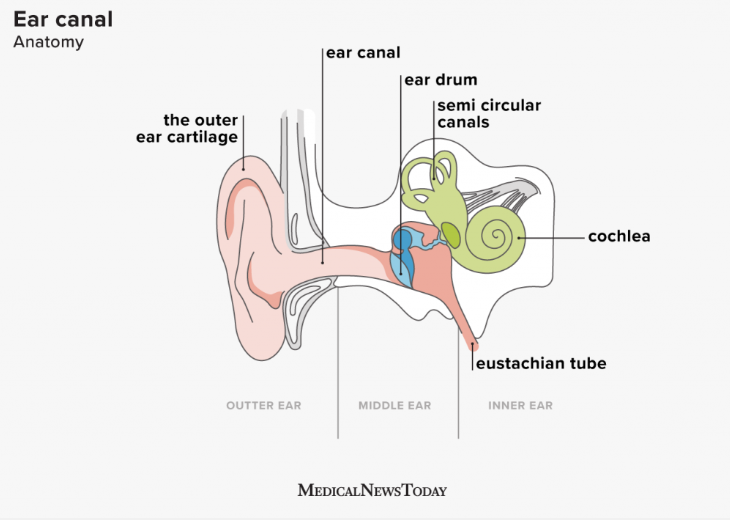Polio is a condition that can lead to flu-like symptoms, as well as lasting mobility issues that can see the individual needing support from WAV Vehicles. Clarke Mobility WAV Vehicles can be used by people experiencing a number of different mobility problems. These could be short-term or long-term issues.

The first outbreaks were recorded in 1868 near Oslo, Norway, when at least 14 cases were recorded, while 13 cases were reported in northern Sweden in 1881, which marked the beginning of an epidemic. There was also an idea that started to be suggested around the same time that cases of infantile paralysis might be contagious, and this was fuelling an increase in cases.

A significant epidemic erupted in the U.S. state of Vermont in 1894, which was up to 10 times larger than previous outbreaks and resulted in 132 recognised cases. There was a substantial increase in the number of people who were immune to polio because of previous asymptomatic infections during the second decade of the 20th century. During that time, polio was one of the most feared periodic diseases in the world. Summertime terrors caused by near-annual polio epidemics were a common phenomenon in western Europe and North America during the 1940s and early 1950s.
A team of immunologists led by the future Nobel Prize winner Karl Landsteiner from Vienna discovered the poliovirus itself in 1908. After two years of research, it was found that infected people have specific antibodies that are circulating in their blood that are indicative of their infection with the virus.



